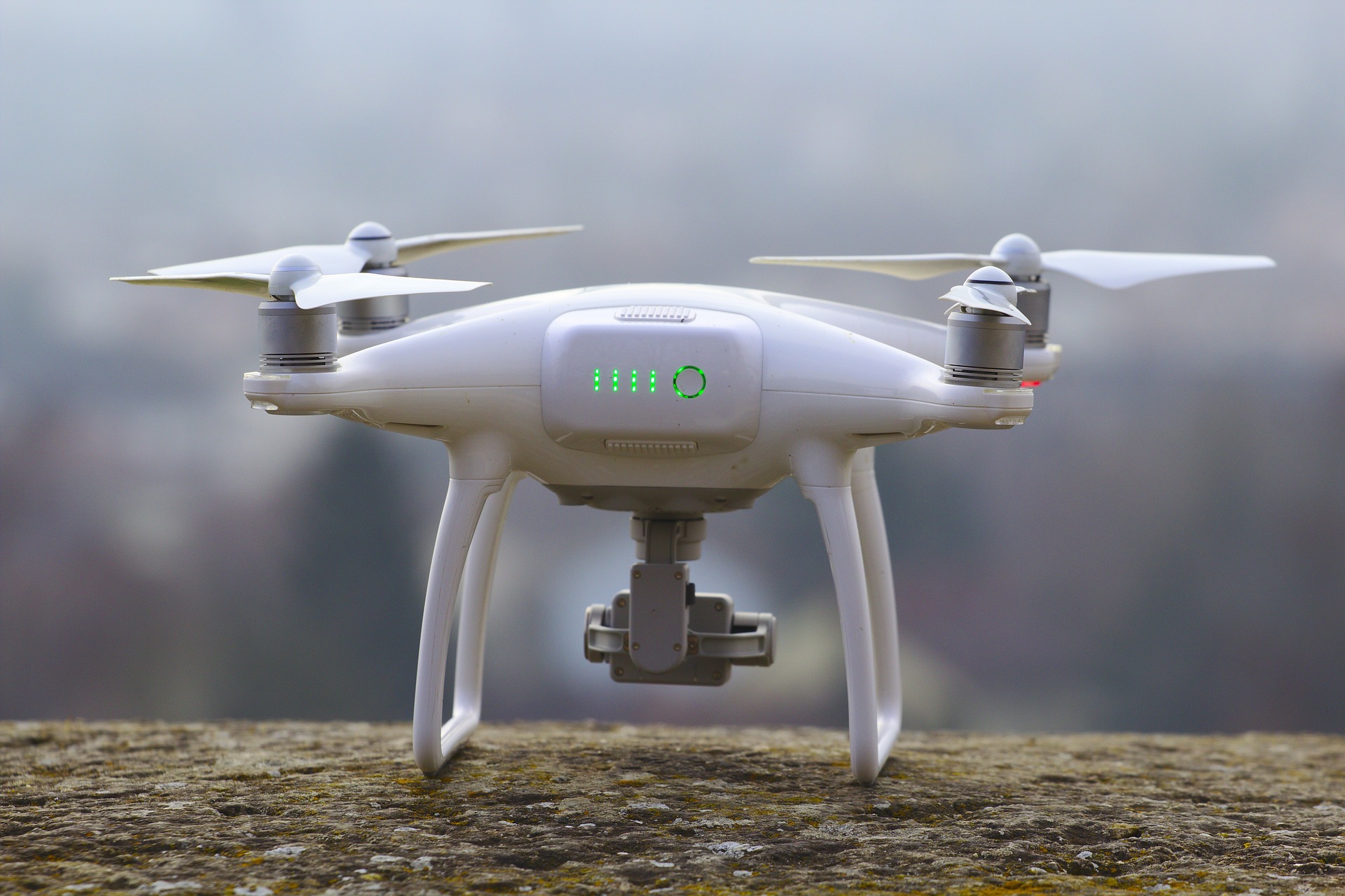Comprehensive Guide To Bank Repossessed Drones
When financial institutions reclaim assets from defaulted loans, drones occasionally become part of their inventory. Bank repossessed drones represent a unique opportunity for buyers seeking advanced technology at potentially reduced prices. These aircraft, ranging from basic consumer models to sophisticated professional equipment, enter the secondary market through various financial mechanisms. Understanding how this market works can help potential buyers make informed decisions when considering these devices.

Understanding Bank Repossessed Drones
Bank repossessed drones typically enter the market when businesses or individuals default on loans that were secured using drone equipment as collateral. Financial institutions, having no practical use for these devices, aim to recover their investment by selling repossessed units. These drones might come from various sources—failed drone service businesses, photography companies, agricultural operations, or recreational users who financed expensive equipment. The condition varies significantly, with some units being nearly new while others may have extensive flight hours or require maintenance.
Tips on Getting Bank Repossessed Drones
Finding and purchasing bank repossessed drones requires knowing where to look and understanding the acquisition process. Financial institutions rarely sell directly to consumers but instead work through liquidation channels. Online auction platforms like Liquidation.com, GovDeals, or specialized drone resale websites frequently list these items. Bank asset disposal departments sometimes work with third-party liquidators who handle the sales. Serious buyers should register with multiple auction services, subscribe to liquidation announcements, and establish relationships with asset recovery specialists who might provide early notice of upcoming drone inventory.
Pros and Cons of Getting Bank Repossessed Drones
The primary advantage of purchasing bank repossessed drones is cost savings, with discounts potentially reaching 30-70% compared to retail prices. However, these savings come with certain tradeoffs that buyers must carefully consider before purchase.
Advantages:
-
Significant price reductions compared to retail
-
Opportunity to acquire professional-grade equipment at consumer-level prices
-
Some units may have minimal usage despite being classified as “used”
-
Potential for acquiring complete drone kits with accessories that would be expensive individually
Disadvantages:
-
Limited or no warranty coverage
-
Unknown usage history and potential concealed damage
-
Possible missing components or accessories
-
Outdated firmware or software requiring immediate updates
-
Potential registration complications with aviation authorities
Insights on How Drones Become Repossessed
Drones typically enter bank repossession inventories through one of several pathways. The most common scenario involves business loans where drone equipment served as collateral. When commercial drone operators, aerial photography businesses, or agricultural technology companies default on loans, their equipment is seized. Personal loans secured by expensive consumer or prosumer drones follow a similar pattern when borrowers fail to maintain payments. Additionally, equipment financing arrangements specifically for drone purchases can lead to repossession when terms aren’t met.
The repossession process typically follows standard legal procedures, including formal notification of default, opportunity for cure, and eventual seizure. The condition assessment and documentation vary widely between institutions, with some performing detailed evaluations while others simply inventory the equipment with minimal testing.
Bank Repossessed Drones Prices
Price points for bank repossessed drones vary dramatically based on numerous factors, including the drone model, condition, included accessories, and the financial institution’s recovery goals. The market generally segments into distinct price categories based on the original equipment purpose.
| Drone Category | Typical New Price Range | Average Repossessed Price Range | Common Models Found |
|---|---|---|---|
| Consumer Drones | $500-$1,500 | $200-$900 | DJI Mini series, Mavic Air series |
| Prosumer Drones | $1,500-$3,000 | $700-$1,800 | DJI Mavic Pro series, Autel EVO series |
| Professional Drones | $3,000-$10,000 | $1,500-$6,000 | DJI Inspire series, FreeFly systems |
| Industrial/Specialized | $10,000-$50,000+ | $4,000-$30,000 | DJI Matrice series, senseFly eBee |
Prices, rates, or cost estimates mentioned in this article are based on the latest available information but may change over time. Independent research is advised before making financial decisions.
When evaluating pricing, potential buyers should consider not only the drone itself but also the value of included accessories. Professional drones often come with expensive specialized camera equipment, multiple batteries, custom cases, and other components that significantly enhance the package value. For industrial applications, specialized sensors like multispectral, thermal, or LiDAR equipment might be included, potentially representing greater value than the drone platform itself.
What to Check Before Buying Repossessed Drones
Before finalizing any purchase of a bank repossessed drone, thorough inspection is critical. When possible, buyers should verify flight hours (available in the drone’s firmware or accompanying documentation), check battery health and cycle count, and test all functions. Registration status with aviation authorities needs verification, as some drones may still be registered to previous owners. Additionally, buyers should research whether the specific model has available parts support, especially for older or discontinued units.
Technical aspects requiring attention include motor condition, gimbal operation, controller connectivity, and structural integrity. Software access is another critical consideration—some professional drones require subscriptions or licenses that may not transfer with the hardware. Verifying that the drone can be properly registered under new ownership through manufacturer systems helps avoid costly complications after purchase.
By understanding the repossessed drone market, knowing where to find quality units, and properly evaluating potential purchases, buyers can effectively navigate this unique segment of the drone marketplace while potentially securing significant value.




